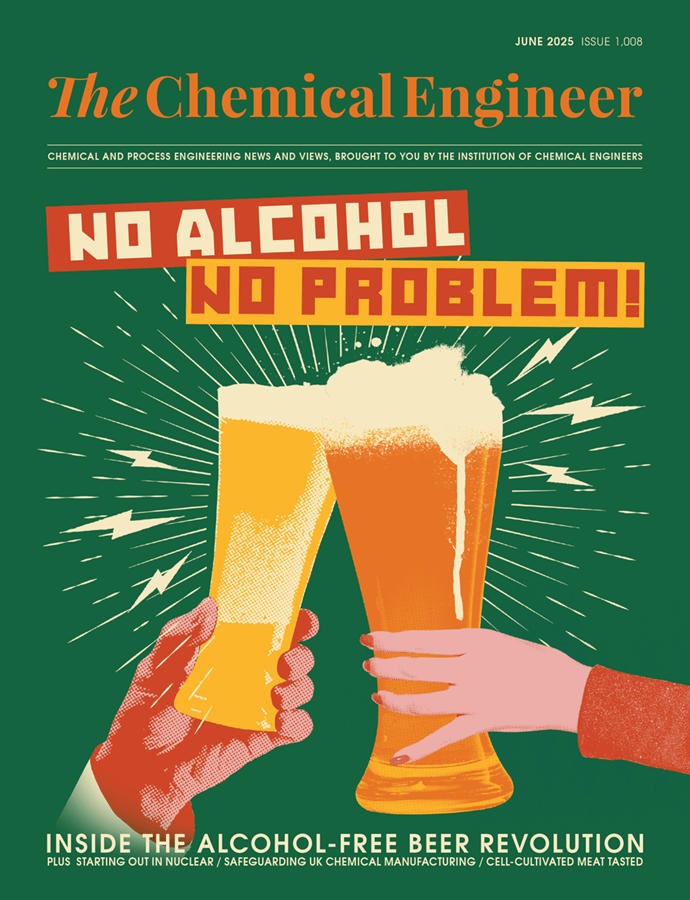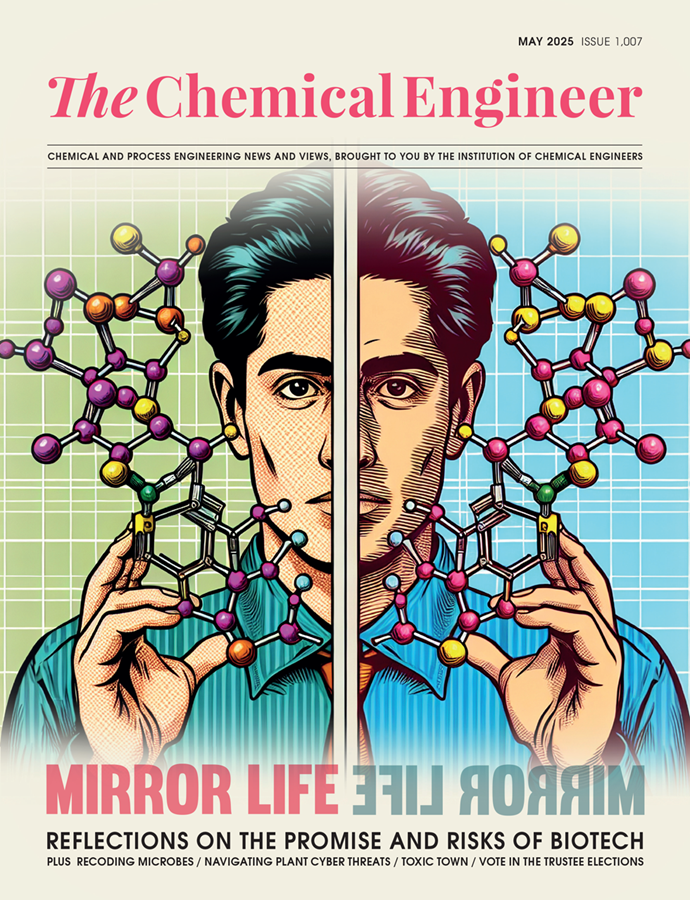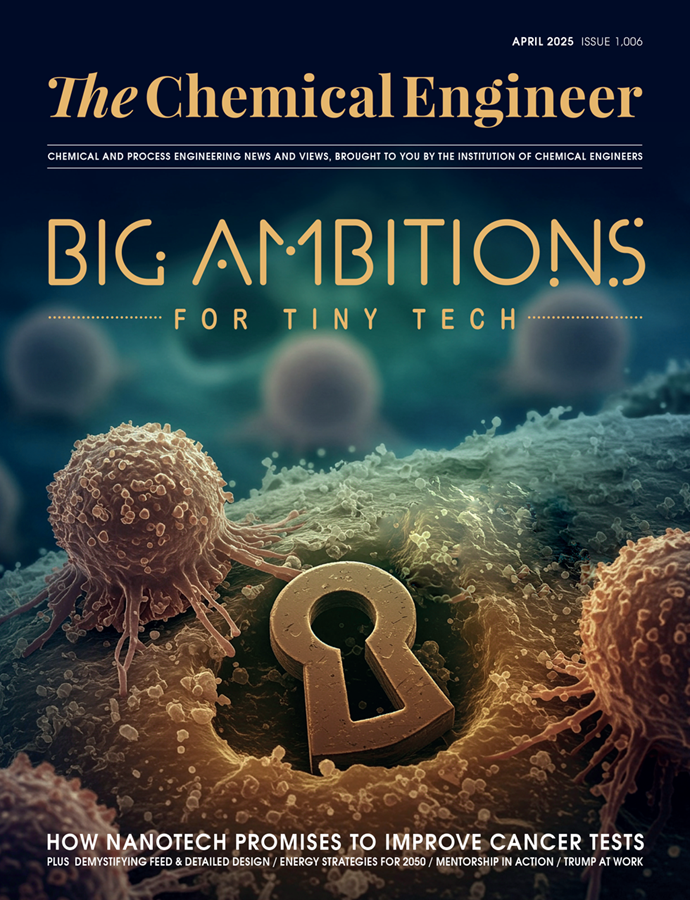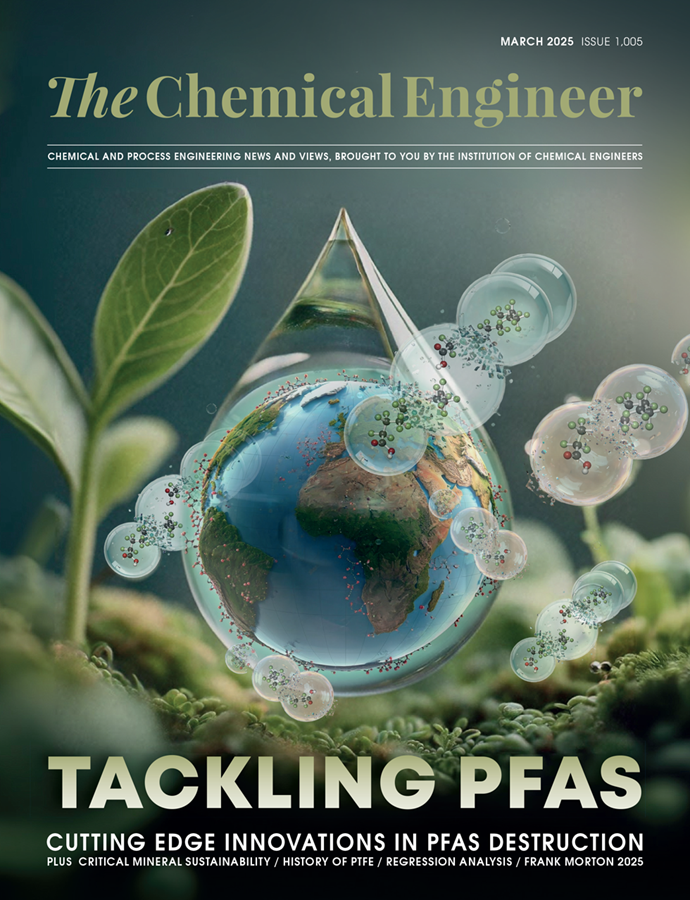Tokyo University researchers find critical conditions for embryo development using rubber rings

TOKYO University researchers have discovered some of the conditions that cause human cells in embryo development to transform from solid to liquid.
The study, published in Proceedings of the National Academy of Sciences, looked at what the researchers call “squishy grains” – small objects which on their own can change shape and within a larger group can change position.
Human cells are classed as squishy grains. The fact that single cells can change shape under force, like a sponge, and can change position, like the particles in a liquid, means that cells can behave both like solids and liquids under different conditions.
The transition from liquid to solid is crucial in how cells interact in the development of an embryo.
The Tokyo team devised a simple experiment to see precisely what conditions cause squishy grains to change from solid to liquid behaviour using small rubber O-rings.
Samuel Poincloux, one of the study’s authors, said their research “hits the sweet spot of being complicated enough to be interesting and simple enough to develop various approaches”.
Poincloux and co-author Kazumasa Takeuchi stacked the O-rings in a container and took photographs to measure how the position and shape of each ring changed over time. They varied the number of rings inside the container to measure the impact of density, and at what point the rings behaved more like a liquid than a solid.
They also used computer simulations of the rings to calculate the forces between the rings, which they say could be a model for the micro interactions between cells. Poincloux added: “To get closer to biological tissues, we could, for instance, modify the interactions and add ring adhesion to emulate linking proteins between cells.”
The researchers hope their study can help to separate the roles of mechanical and chemical processes in the body, to further understand how mechanical factors like stress can impact cell development.
Recent Editions
Catch up on the latest news, views and jobs from The Chemical Engineer. Below are the four latest issues. View a wider selection of the archive from within the Magazine section of this site.




